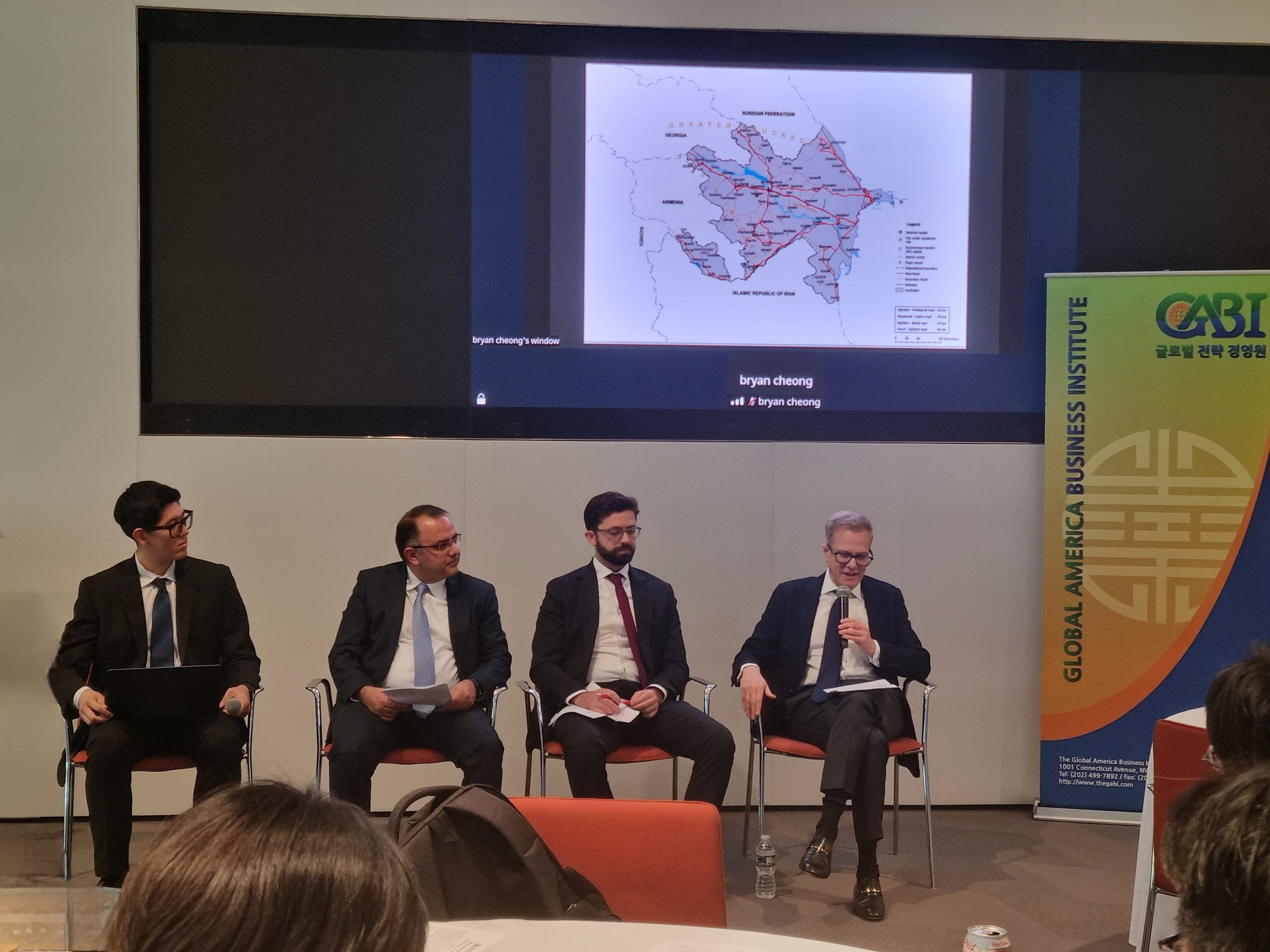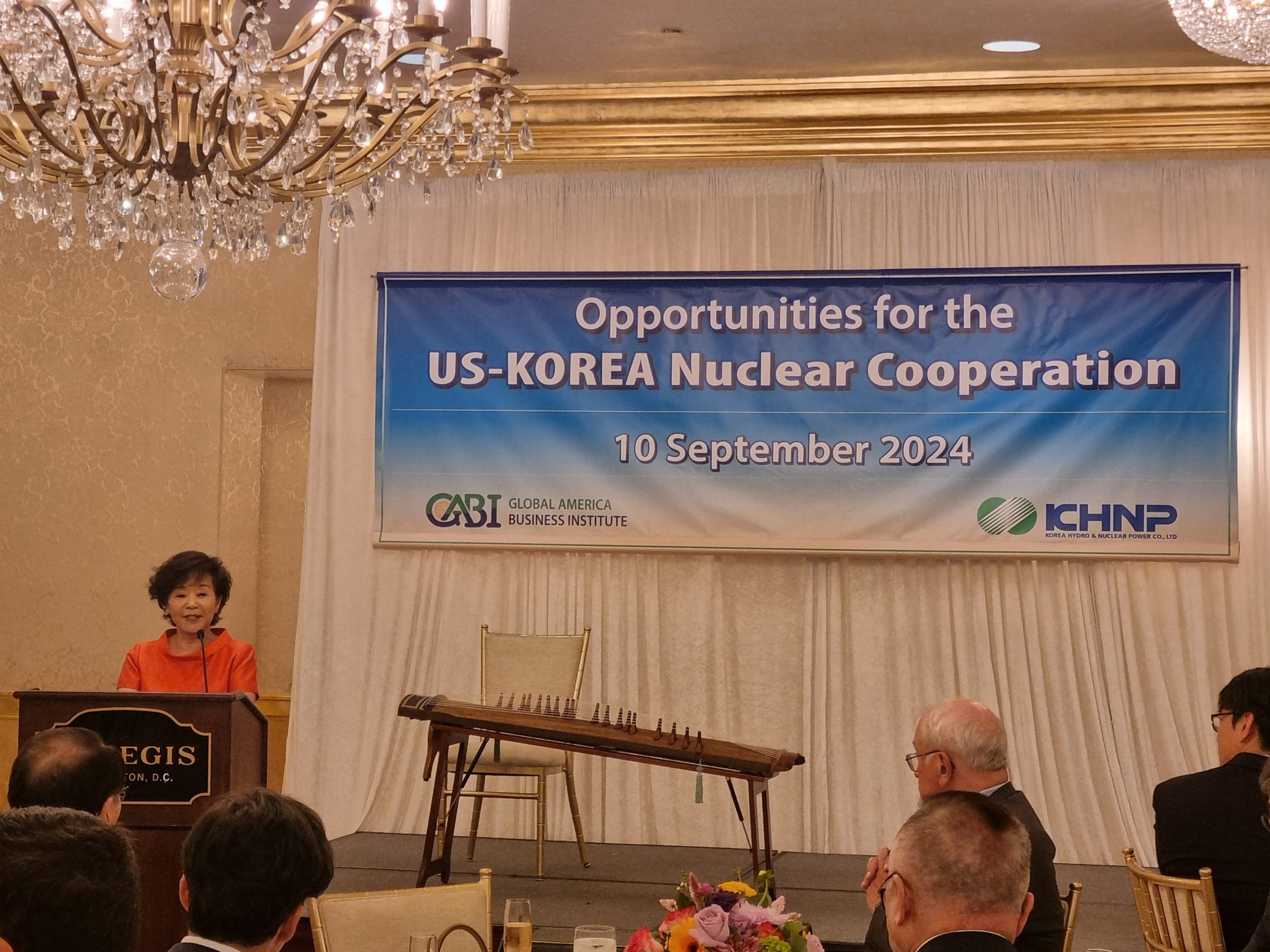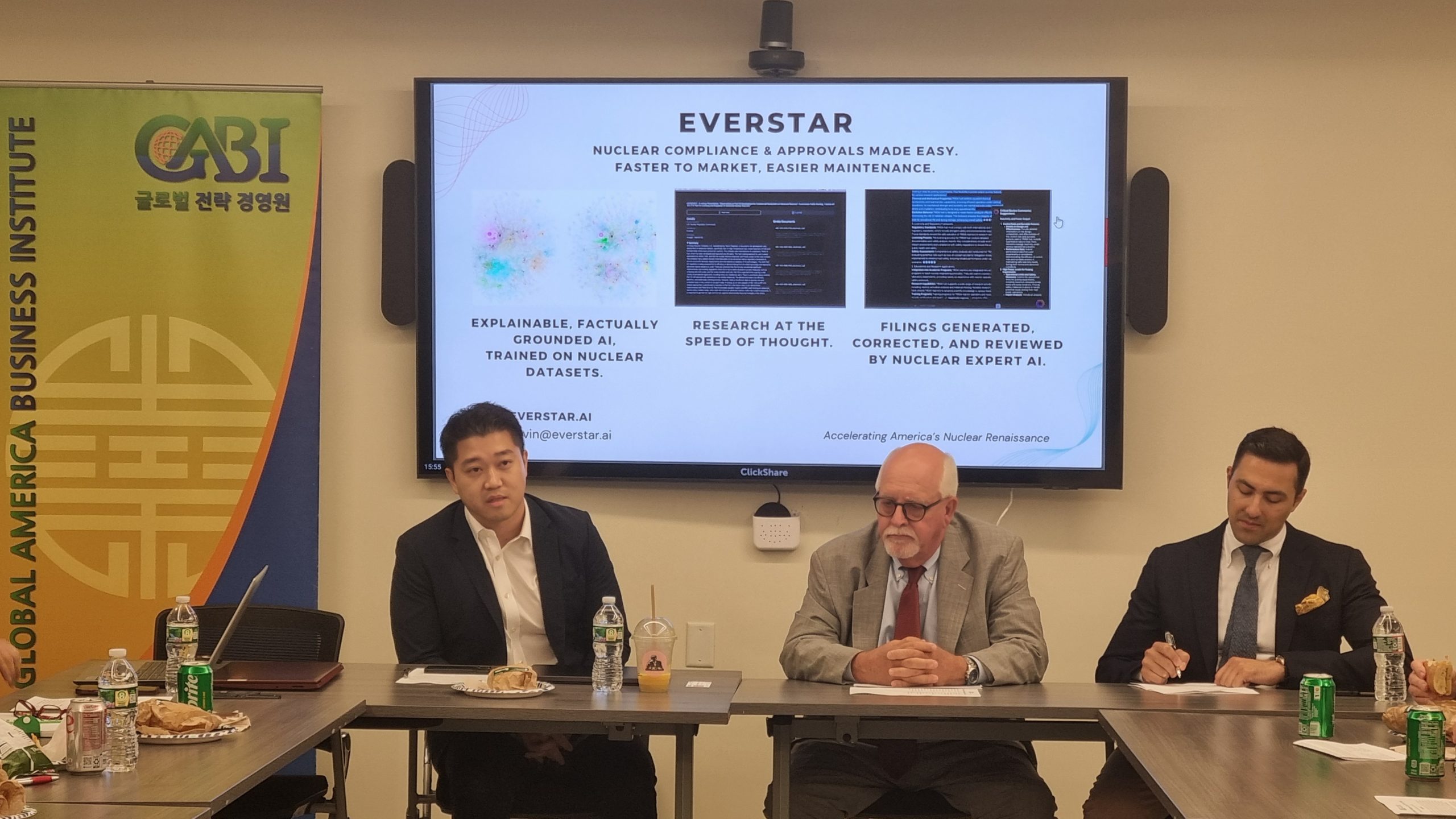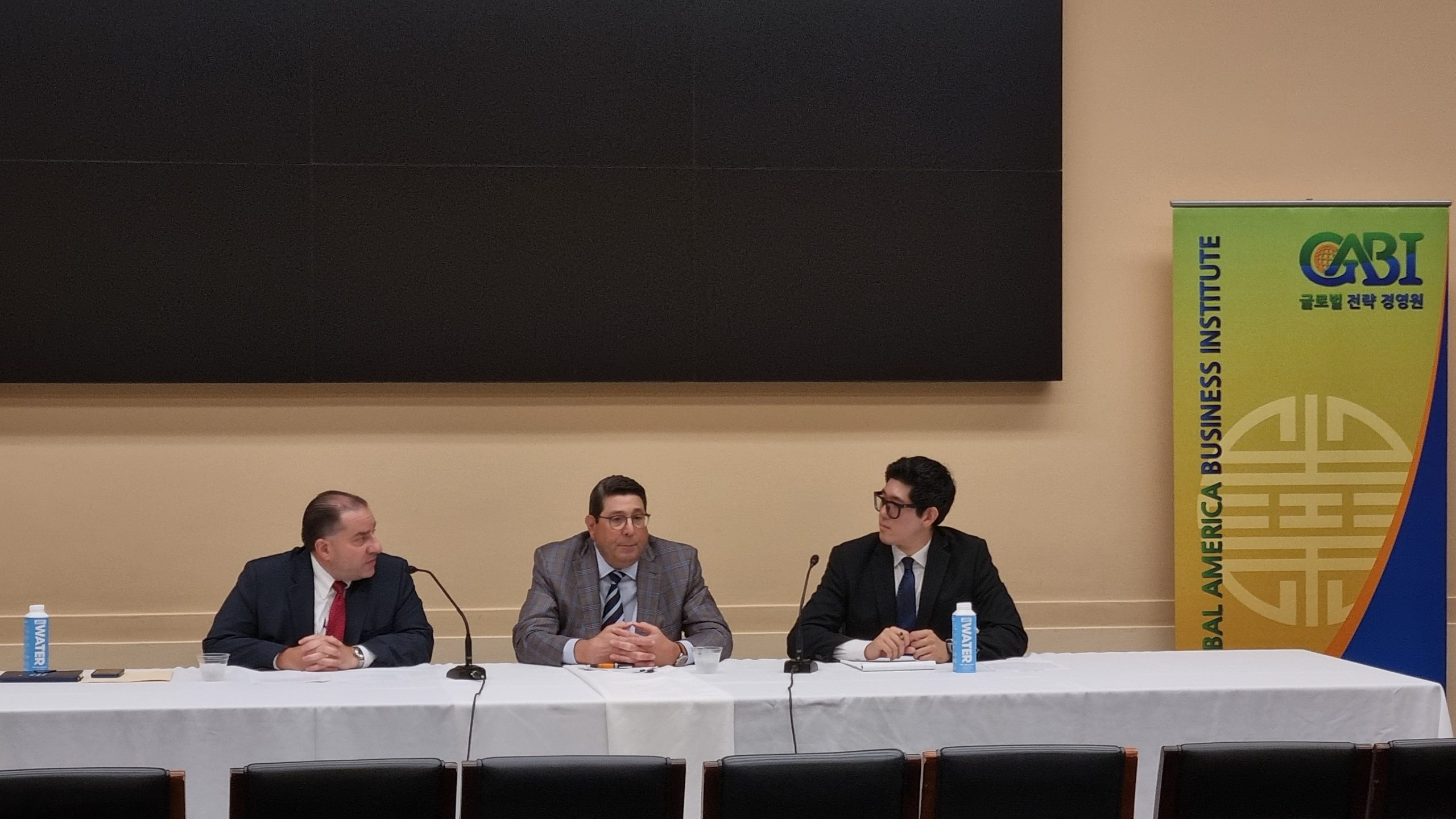Computer modeling is utilized to evaluate the risks of radiation releases from nuclear plants in various ways: estimating the general probability and consequences of severe nuclear accidents by factoring in a wide spectrum of technical, historical, geographical, and environmental data; mapping tsunami and seismic risks of nuclear facilities worldwide and within certain regions; and forecasting detailed outcomes of particular accident scenarios given specific locations, times, and other details. Computer models used for such purposes are largely categorized into two types—probabilistic analysis and hazard assessment. Probabilistic analysis, which calculates risk broadly over many different circumstances, outcomes, and environmental conditions, has been used in licensing and regulation by the US government and the US Nuclear Regulatory Commission (NRC). For example, Severe Accident Mitigation Analysis (SAMA) is required of all operators seeking relicensing of US plants beyond 40 years of life. SAMA produces a weighted risk of all possible accident scenarios, allowing plant operators to better evaluate various safety upgrades using cost-benefit comparisons. Hazard assessment, on the other hand, estimates outcomes from a specific set of accident circumstances. For instance, such models can roughly gauge the size, shape, and direction of fallout plumes given the type of core damage, weather, wind, time of day, time of year, and so forth. While computer modeling has certain limitations, it nevertheless has utility and application in reactor siting, determining accident mitigation measures, and emergency response in the event of a severe accident.



















